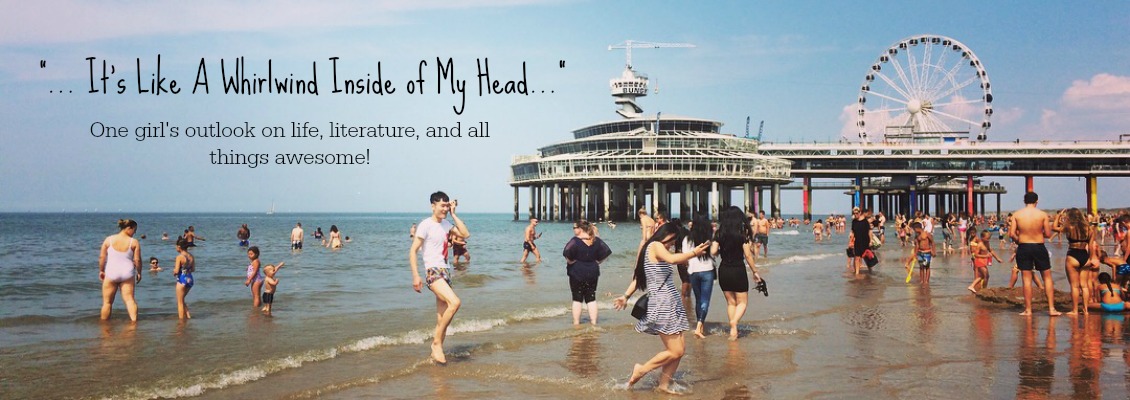"Through personal narrative and candid photographs, a photojournalist chronicles young lives upended by violence and strife.
'The right to adequate nutrition and medical care.
The right to free education.
The right to a name and nationality.
The right to affection, love, and understanding.'
In conflict zones around the world, children are denied these and other basic rights. Follow photographer Jenny Matthews into refugee camps, overcrowded cities, damaged villages, clinics, and support centers where children and their families live, work, play, learn, heal, and try to survive the devastating impact of war. This moving book depicts the resilience and resourcefulness of young people who, though heavily impacted by the ravages of war, search for a better future for themselves, their families, and their cultures."
This past semester I have been part of a book club through the University of Minnesota which focuses on Middle Eastern literature and how educators can incorporate them into the classroom. This is one of the books that we read and discussed. This book is different from any other book I've reviewed on this blog because it's a picture book targeted at younger readers (though it can be used in courses taught to older students, as we discussed).
This was a really eye-opening book, even for an adult reading this book. I think one of the biggest troubles with stories involving war is that we are so desensitized to stories of war and we feel so distanced when we see something on the news or read a story involving war. This is a useful resource for students in particular because it attempts to return some of the humanity to those who have been affected by war. It shows how and where they live, talks a little bit about what some people affected by war have been through, and talks about how they get by day to day.
One reason why I liked this book is that it didn't feel like the photographer was trying to evoke sympathy (although that might be a byproduct of reading this book) or to make you feel bad. Instead, it sheds light on what the photographer saw and learned while doing her job in war zones and in refugee camps and it's more of a call to action. Just because people have gone through these tough and horrible experiences and maybe have been going through these things for years doesn't mean that they're less worthy of compassion.
As a teacher, I might use this as a resource in my classroom in conjunction with a longer novel. It's a good introduction and gateway to dig into stories that center on war and the people affected by it.
I give 'Children Growing Up With War':
Thanks for Reading!
--Jude
'The right to adequate nutrition and medical care.
The right to free education.
The right to a name and nationality.
The right to affection, love, and understanding.'
In conflict zones around the world, children are denied these and other basic rights. Follow photographer Jenny Matthews into refugee camps, overcrowded cities, damaged villages, clinics, and support centers where children and their families live, work, play, learn, heal, and try to survive the devastating impact of war. This moving book depicts the resilience and resourcefulness of young people who, though heavily impacted by the ravages of war, search for a better future for themselves, their families, and their cultures."
This past semester I have been part of a book club through the University of Minnesota which focuses on Middle Eastern literature and how educators can incorporate them into the classroom. This is one of the books that we read and discussed. This book is different from any other book I've reviewed on this blog because it's a picture book targeted at younger readers (though it can be used in courses taught to older students, as we discussed).
This was a really eye-opening book, even for an adult reading this book. I think one of the biggest troubles with stories involving war is that we are so desensitized to stories of war and we feel so distanced when we see something on the news or read a story involving war. This is a useful resource for students in particular because it attempts to return some of the humanity to those who have been affected by war. It shows how and where they live, talks a little bit about what some people affected by war have been through, and talks about how they get by day to day.
One reason why I liked this book is that it didn't feel like the photographer was trying to evoke sympathy (although that might be a byproduct of reading this book) or to make you feel bad. Instead, it sheds light on what the photographer saw and learned while doing her job in war zones and in refugee camps and it's more of a call to action. Just because people have gone through these tough and horrible experiences and maybe have been going through these things for years doesn't mean that they're less worthy of compassion.
As a teacher, I might use this as a resource in my classroom in conjunction with a longer novel. It's a good introduction and gateway to dig into stories that center on war and the people affected by it.
I give 'Children Growing Up With War':
Thanks for Reading!
--Jude



No comments:
Post a Comment
I love your comments! Comment away!